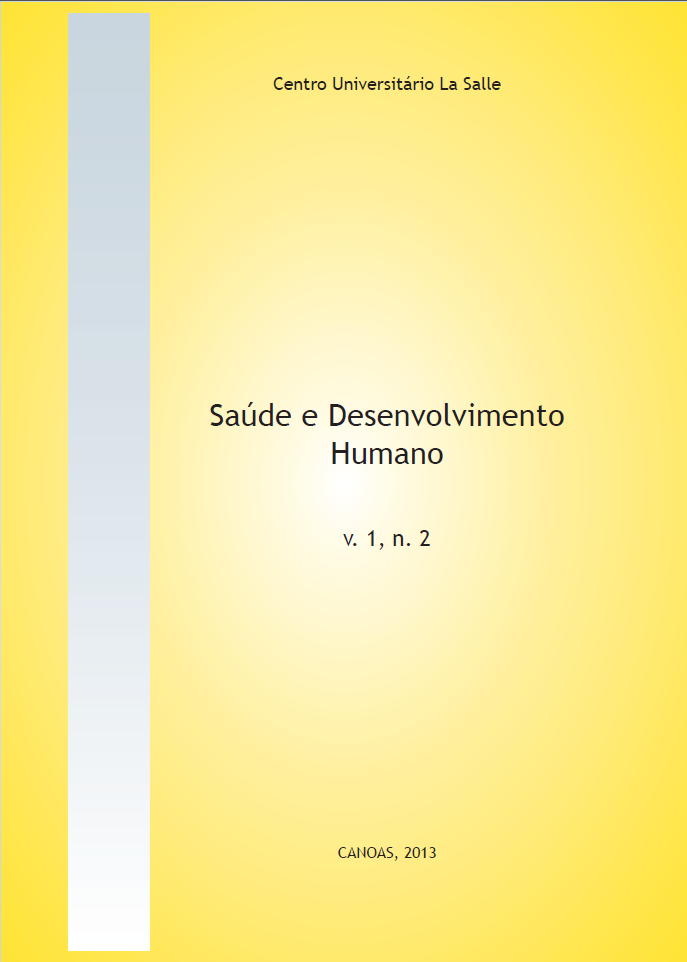Translation and transcultural adaptation into Portuguese language of the Cocaine Selective Severity Assessment
DOI:
https://doi.org/10.18316/1167Keywords:
Validation studies, CSSA, withdrawal, cocaine, crackAbstract
The objective of this study was to translate, to adapt culturally and to verify the semantic equivalence from english to portuguese of the Cocaine Selective Severity Assessment (CSSA), which evaluates the withdrawal for cocaine. The CSSA was translated from English to Portuguese, administered to 10 persons, and then submitted to brainstorming in a group of 3 psychiatrics for individual and verbal reproduction, item by item. Backtranslation was executed based on first translation and from brainstorming to the origin language. Then, it was translated again into Portuguese. The entire process was analyzed by a committee of psychiatrists with expertise in addiction, which emitted opinions and the pertinent comments. The scale in its general scope was well understood by both patients and professionals. Few changes were done from the first translation to final version in items 3, 4, 5, 10, 11 e 12. To the others items, the original translation was kept. Statements were added to the end of all items. Considering the opinions of the experts and a final pilot study, was constructed the final Brazilian version of the CSSA. Results indicated a satisfactory semantic equivalence between the two versions and so the CSSA may be helpful instrument in treating withdrawal of cocaine / crack.References
Schuckit MA, Daeppen JB, Danko GP, Tripp ML, Smith TL, Li TK, et al. Clinical implications for four drugs of the DSM-IV distinction between substance dependence with and without a physiological component. Am J Psychiatry .1999;156:41-49.
Sofuoglu M, Dudish-Poulsen S, Brown SB, Hatsukami DK. Association of cocaine withdrawal symptoms with more severe dependence and enhanced subjective response to cocaine. Drug Alcohol Depend. 2003;69:273-282.
Mulvaney FD, Alterman AI, Boardman CR, Kampman K. Cocaine abstinence symptomatology and treatment attrition. J Subst Abuse Treat. 1999;16:129-135.
Kampman KM, Alterman AI, Volpicelli JR, Maany I, Muller ES, Luce DL, et al. Cocaine withdrawal symptoms and initial urine toxicology results predict treatment attrition in outpatient cocaine dependence treatment. Psychol Addict Behav. 2001a; 15: 52-9.
Gawin FH, Kleber HD. Abstinence symptomatology and psychiatric diagnosis in cocaine abusers. Arch Gen Psychiatry. 1986;43:107-13.
Brower KJ, Maddahian E, Blow FC, Beresford TP. A comparison of self-reported symptoms and DSM-III criteria for cocaine withdrawal. Am J Drug Alcohol Abuse. 1998; 14:347-56.
Cottler LB, Shillington AM, Compton WM, Mager D, Spitznagel EL. Subjective reports of withdrawal among cocaine users: recommendations for DSM-IV. Drug and Alcohol Depend. 1993; 33:97-104.
Dackis CA, Gold MS, Sweeney DR. The physiology of cocaine craving and crashing. Arch Gen Psychiatry. 1987; 44: 298-99.
Gawin FH, Ellinwood EH. Cocaine and other stimulants: actions, abuse and treatment. N Engl J Med. 1988; 318: 1173-82.
Kampman KM, Volpicelli JR, McGinnis DE, Alterman AI, Weinrieb R, D’Angelo L, et al. Reliability and validity of the Cocaine Selective Severity Assessment . Addict Behav. 1998; 23: 449-61.
Cronbach LJ. Coefficient alpha and the internal structure of tests. Psychometrika. 1951;16:297–334.
Kampman KM, Volpicelli JR, Alterman AI, Cornish J, Gariti P, O'Brien CP. Amantadine in the treatment of cocaine dependent patients with severe cocaine withdrawal symptoms. Am J Psychiatry. 2000; 157: 2052-4.
Kampman KM, Volpicelli JR, Mulvaney F, Alterman AI, Cornish J, Gariti P, et al. Effectiveness of propranolol for cocaine dependence may depend on cocaine withdrawal symptom severity. Drug and Alcohol Dependence. 2001b; 63: 69-78.
Ahmadi J, Kampman K, Dackis C. Outcome predictors in cocaine dependence treatment trials. Am J Addict. 2006;15:434-439.
Duarte PS, Miyazaki MCOS, Ciconelli RM, Sesso R. Tradução e adaptação cultural do instrumento de avaliação de qualidade de vida para pacientes renais crônicos (KDQOL-SF ™). Revista da Associação Médica Brasileira. 2003; 49, 375-381.
Guillemin F, Bombardier C, Beaton D. Cross-cultural adaptation of health-related quality of life measures: literature review and proposed guidelines. Journal Clinical Epidemiology. 1993; 46, 14-32.
American Psychiatric Association. Manual de Diagnóstico e Estatística das Perturbações Mentais. 4th Ed.texto revisto: Climepsi Editores. 2000.
Pedroso RS, Oliveira MS, Moraes JFD. Tradução, adaptação e validação da versão brasileira da escala Marijuana expectancy Questionnaire. Cad Saude Publica. 2007;23(1):63-73.
Pasquali, L. Princípios de elaboração de escalas psicológicas. Revista de Psiquiatria Clínica. 1998; 25, 206-213.
Araujo RB, Oliveira MS, Mansur MA. A validação brasileira do Questionnaire of Smoking Urges. Cad Saude Publica. 2006; 22(10):109-18.
Downloads
Published
Issue
Section
License
Authors who submit their manuscripts to be published in this journal agree to the following terms:
- Authors retain copyright and grant the journal right of first publication with the work simultaneously licensed under the Creative Commons Attribution License that allows the sharing of work and recognition of its initial publication in this journal.
- By virtue of the articles appearing in this open access journal, articles are free to use, with proper attribution, in educational and non-commercia.


